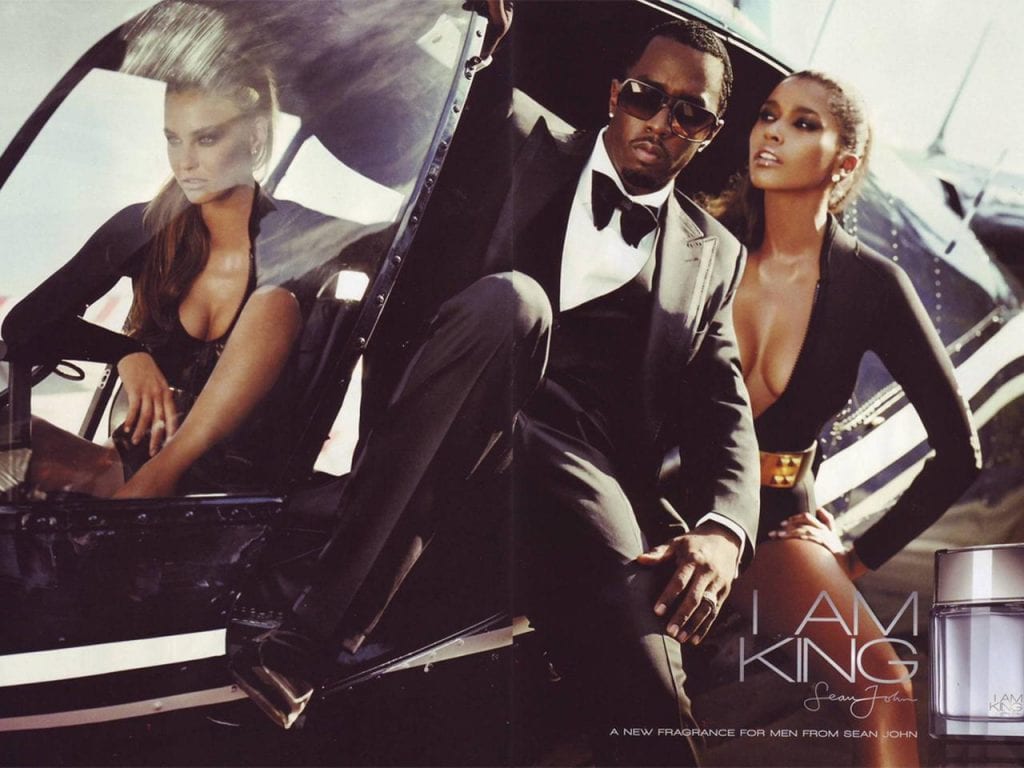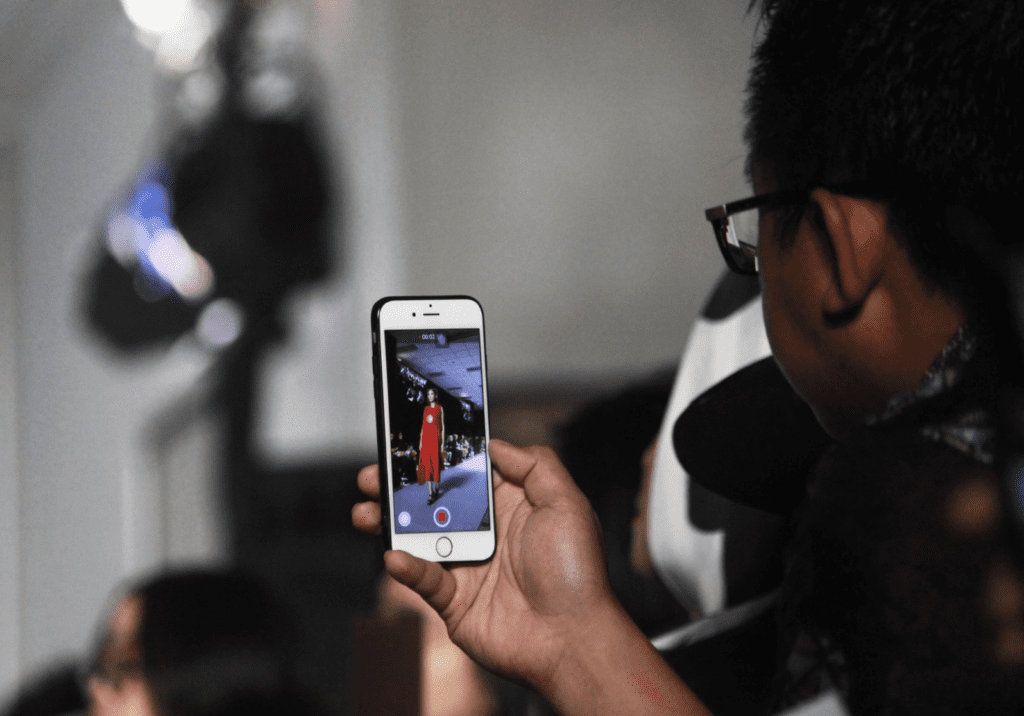The recently released Apple Music documentary, “Can’t Stop, Won’t Stop: A Bad Boy Story,” takes us behind the scenes of the record label started by Grammy winning rapper, producer, and bona fide mogul Sean “P. Diddy” Combs. It focuses exclusively on music, namely, a number of 2016 anniversary concerts with iconic artists including Diddy, himself, Lil Kim, Mase, Faith Evans, Mario Winans, 112, Total, Carl Thomas, and The Lox. In doing so, the film fails explore one of Combs’ other striking endeavors: fashion.
Before the rise of a group of musicians-slash-designers, and before the mixing of street-inspired wares and high fashion became a seamless (and even expected) marriage, Combs conceived of and launched Sean John, his fully-fledged, self-built fashion venture. Founded in 1998, making its debut for Spring/Summer 1999 by way of a Las Vegas trade show, Sean John represented Combs’ “dream to build an aspirational brand for the young consumer.”
Initially characterized as a “hip-hop” brand and a “street” label, Sean John was met with pushback from buyers, adding to the already uphill battle that newly-formed labels face upon entering the fashion industry. But despite initial hurdles, the privately-owned Sean John proved that it would be nothing less than a fast-growing and wildly successful force in fashion. “It truly was a fashion revolution from how things were then and to see the impact we had on style,” Combs said last year reflecting on the evolution of his brand and the effect it had on the industry and on consumers, alike.
From a bottomline perspective, Sean John was generating more than $525 million in sales as of 2016.
To put the brand’s success in industry terms, two years after its launch, Combs, who lacks formal fashion design training, was nominated – for the first time – for one of fashion’s most prestigious prizes: a Council of Fashion Designers of America Award for menswear design. Six years after Sean John’s debut, Combs won the award, beating out industry veterans and previous winners like Ralph Lauren and Michael Kors. These esteemed prizes are regularly likened to the Oscars of the fashion industry.
Since then, in furtherance of its pattern of squarely beating the odds, Sean John – and its distinct point of view – has gone on to do more than merely take home awards. It has consistently influenced some of the most established and esteemed fashion brands and the most visible of stars. Writing for the Washington Post last year, Robin Givhan noted, “The brand’s aesthetic [with its “aura of wealth and power infused it was a whiff of danger and a lot of sex appeal”] … is visible from Paris to suburban cul-de-sacs. It is there in hoodies and track pants, luxury coveralls and oversize fur-trimmed parkas.” References to its wares can be found, per Givhan, in those shown by “Vetements and Balenciaga, Fenty and Yeezy.”
But the Sean John impact has been even more far-reaching than the runway. It has something of a more practical footprint in that it is not limited to stuffy industry awards and out-of-reach runways (although Combs has staged some wild ones over the years); it touches individuals across the entire country and on an international scale, as well.
Yes, since 2010, Combs’ brand – which boasts $120 suit pants, $90 jeans, and $30 tees – has been sold nationwide in an exclusive deal with Macy’s, “a staple of middle-class America,” per Givhan. In announcing the parties’ deal, Combs said Sean John has “done more than $1 billion of business at Macy’s, and we plan to do a couple billion more.” The label’s expansion into fragrances, accessories, footwear, and even a girl’s collection has likely helped ensure such an ambitious growth benchmark.
Of course it has not been all smooth sailing for Sean John. In the mid-2000’s the brand was facing two years of flat sales and a net loss in 2004, suggesting that the so-called “urbanwear trend” was past its peak. It was also burdened with a disorganized distribution chain. In 2010, on the heels of the Macy’s deal, the brand was slapped with reports of financial trouble, something it vehemently denied.
Yet, as even some of the most established labels are looking to bankruptcy protection to keep their doors open, it is a particularly noteworthy feat that Sean John will celebrate its 20th anniversary in 2018. This viability speaks for itself.
As aptly put by Givhan, “Sean John was not the first clothing company to reflect a hip-hop — or street or urban or black — aesthetic, and it wasn’t the only success story to emerge.” It was similarly not the first celebrity-fronted apparel venture, nor was it the only. But unlike most of the street-focused brands of the 1990’s and many celebrity brands, in general, Sean John has had a long run, and it does not appear to be slowing.
While “Can’t Stop, Won’t Stop” may be the title of the Combs x Apple film (and the name of a Lox song featuring Diddy), it also seems an appropriate title for the state of Sean John. In 2014, Combs set plans in motion to build his label into a $1 billion business, one that would include expansion internationally along with retail stores and the move into more categories. This has included Global Brands Group Holding Ltd.’s estimated $70 million acquisition of a majority stake in Sean John in 2016. A partnership, which Combs describes as “providing us the opportunity to reach the Millennial customer on a global level.”
He maintains what is believed to be a 20 percent stake in the brand, refusing to let go of his active role in the brand he built. “It’s my name and I will continue to be involved in Sean John and its success,” he said last year.











